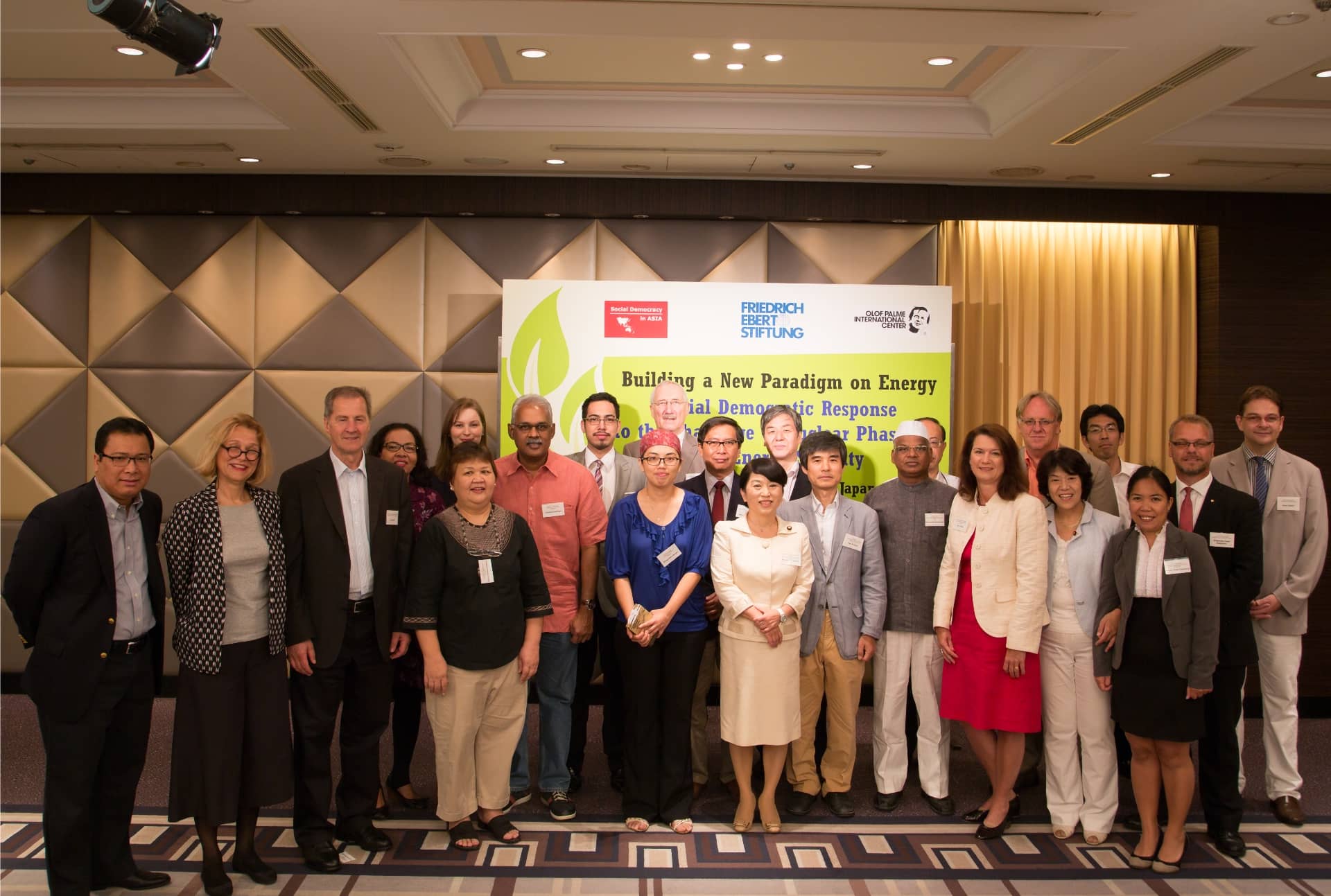
Wednesday, 4 February 2015
In the previous century, a general belief in the optimality of nuclear technology (as a source of power generation) and deep anxieties over energy security (in light of precarious fluctuations in hydrocarbon-supply) encouraged many countries to aggressively invest in and pursue nuclear option. Shortly after U.S.’ President Eisenhower ‘Atom for Peace’ speech (1953), marking the beginning of a global nuclear era, major countries embraced the technology as a supposedly reliable, safe, and clean source of energy -- a trend that was followed across the developing world as well as a number of communist countries in Europe and Asia. The ‘oil shocks’ in the 1970s and the 1980s further raised concerns over the stability and predictability of the global supply of oil, which, in turn, reinforced the imperative, at least in the minds of the leaders at the time, to rely on supposedly sound source of energy, i.e. nuclear technology – despite all its negative association with weapons of mass destruction and military adventurism. As a result, there was an element of ‘nuclear renaissance’ in the late-1970s and 1980s, with 233 reactors under construction globally and 50 in the U.S. alone in that specific period.
However, a series of tragic nuclear accidents, notably the ‘three mile island’ incident (1979) and the Chernobyl meltdown (1986), tarnished this relentless push for nuclear technology – forcing many countries to reconsider the wisdom of their pro-nuclear policy paradigm. Soon, Asian countries such as the Philippines began to revisit their large-scale nuclear projects, quickly discovering the myriad of safety, technical, and financial burdens inherent to the nuclear industry. As a result, from a high of 233 reactors under construction in the 1970s and 1980s, recent years have seen only 64 reactors under construction. Historically, only a few countries, namely Japan, South Korea, Russia, USA, France, and Germany, have actually dominated the usage, development, and export of the technology, for due to its inherently difficult financial configuration -- ranging fro the lack of economies of scale, the huge front-up, operating and maintenance costs, as well as the costs of nuclear phase-out, and other associated complications with waste disposal and safety -- the nuclear industry has by necessity been a primarily state-dominated industry, artificially sustained by subsidies – a fact that puts its feasibility and operational rationale under question. In spite of the huge strides in technology, nuclear waste disposal remains to be an unsolved challenge, a huge financial burden and environmental risk to this day, while a comprehensive measure of the estimated overall emissions of a ‘full nuclear cycle’ -- from mining uranium, to nuclear enrichment, and conversion of the enriched stockpile into fuel, followed by the disposal of radioactive waste – proves that the technology has been far from ‘carbon-neutral’.
View Full PDF - Tokyo Conference Summary on Nuclear Phase-out